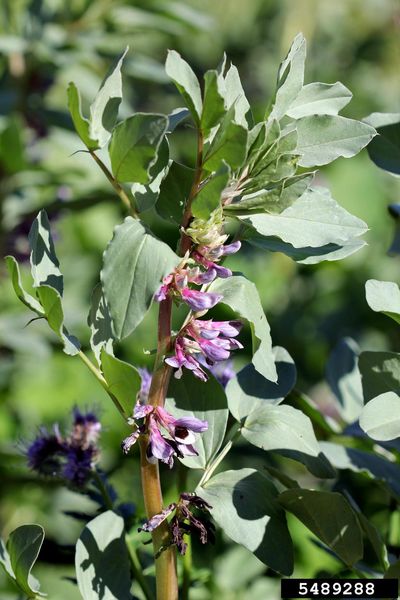What are Horsebeans?
Horsebean plants, Vicia faba var. equina, are a subspecies of the broad bean proper, also known as Windsor or straight bean. They are a cool-season annual that bears large, thick pods. Inside the pods, the beans are large and flat. This leafy legume has an erect habit with a stiff stem. The leaves look more akin to those of English peas than bean leaves. Small, white blooms are borne in spikelets.
Horsebean Uses
Also referred to as fava bean, horsebean uses are twofold – for human consumption and for horse feed, hence the name. The seeds of the plant are picked when the pod is full sized but before it has dried and used as a green shell bean, cooked for use as a vegetable. When used as a dry bean, the beans are picked when the pods are dry and used for both human consumption and for livestock feed.
How to Grow Horsebeans
Horsebean growing requires 4-5 months from planting to harvest. As it is a cool-season crop, it is grown as a summer annual in northern climates and as a winter annual in warmer climes. In tropical regions, it can only be grown at higher altitudes. Hot, dry weather adversely affects blooming. Horsebeans are tolerant of a variety of soil conditions but do best in well-draining heavy loam or clay-loam soil. When growing horsebeans, plant seed 2 inches (5 cm.) deep in rows that are 3 feet (just under a meter) apart with plants spaced 3-4 (7.5-10 cm.) inches apart in a row. Or, plant seeds in hills using six seeds per hill with hills spaced 4 by 4 feet (1 m. x 1 m.) apart. Provide the beans with staking or trellising.
